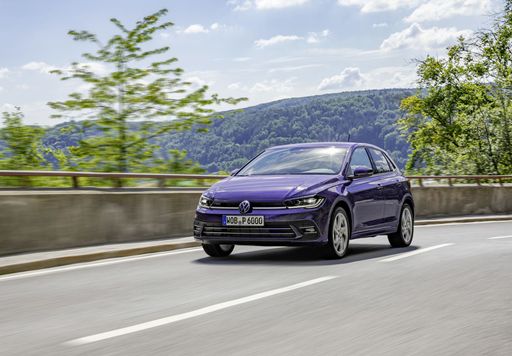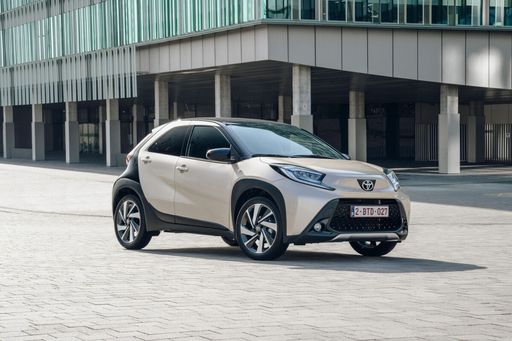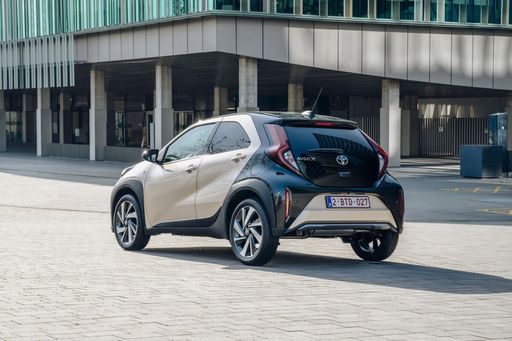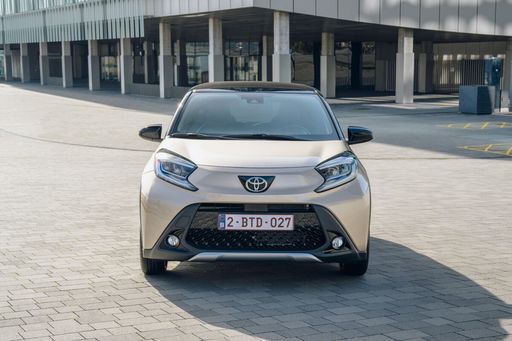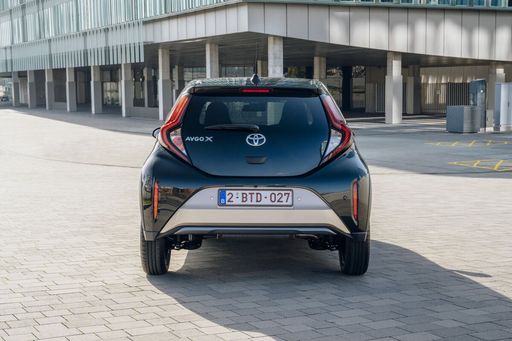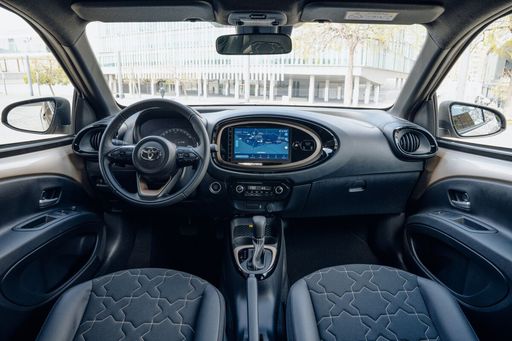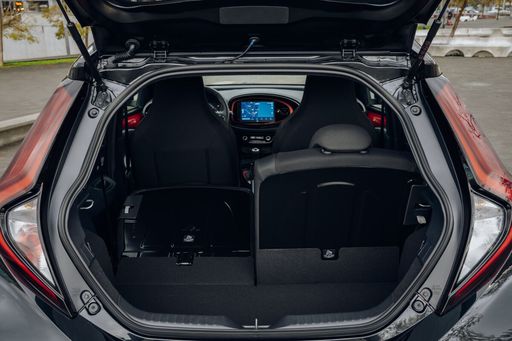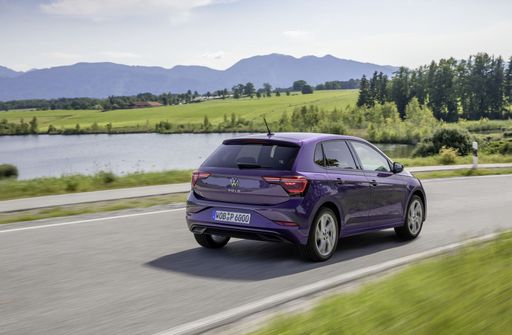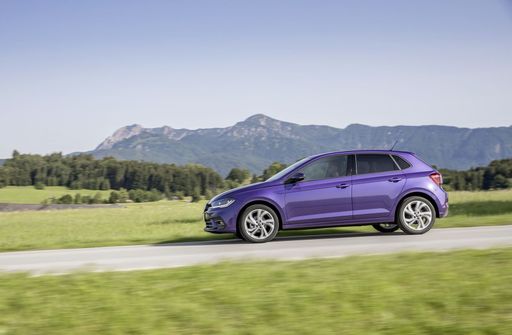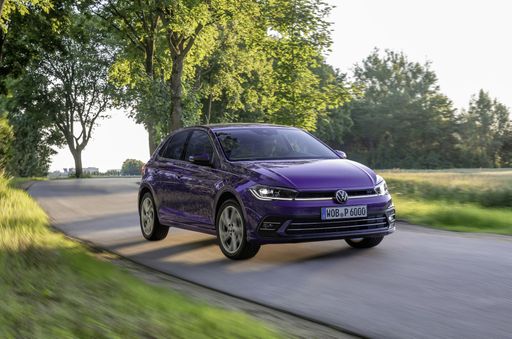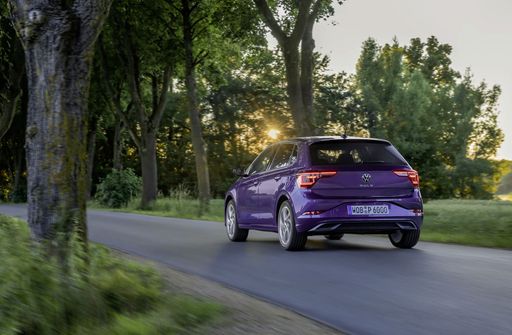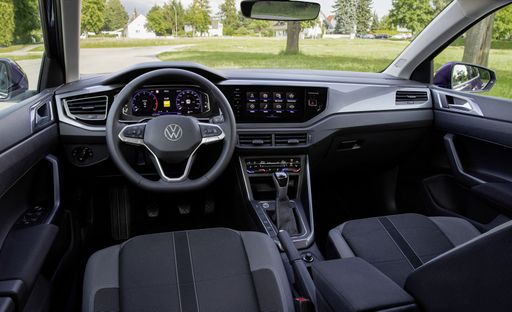A Comprehensive Comparison: Toyota Aygo vs. VW Polo
In today's automotive market, compact city cars are growing in popularity due to their efficiency and versatility. Among the leading contenders in this segment are the Toyota Aygo and the VW Polo. Both vehicles offer unique features and specifications appealing to various consumers. This comparison examines their technical aspects, innovations, and overall performance to help you make an informed decision.

